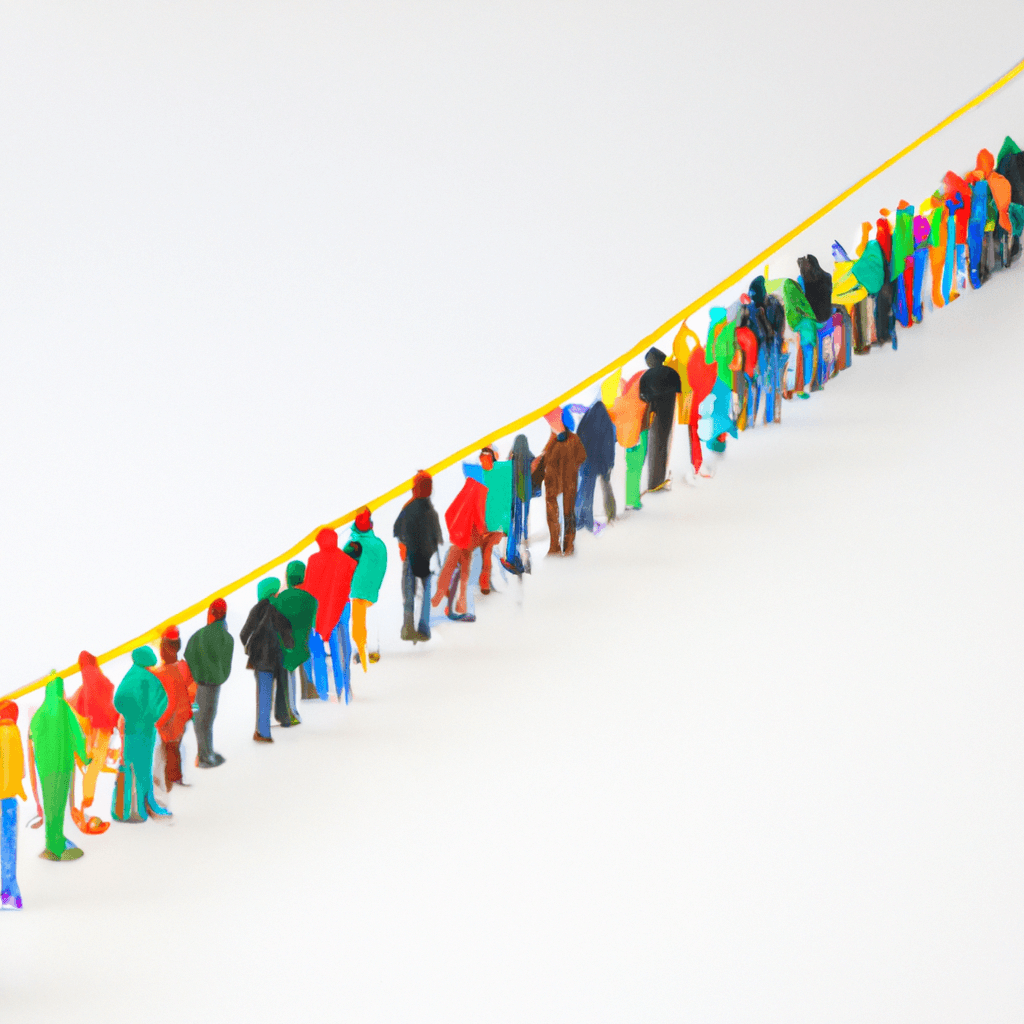At the entrance to the club, on the road and in the emergency room, sometimes the right strategy is to direct some of the waiting people to the fast track

Music and dim lights emanate from inside, and a long line stretches down the street. The doorman lets people in slowly, sparingly. But a small group arrives and immediately bypasses the queue and enters the club. what happened here? And in contrast, in an emergency room at the same time, everyone sits patiently and waits. One man entered, and was immediately laid on a stretcher and taken inside. "Hey", says someone indignantly, "I was there first".
The simplest way to manage a queue is in the order of arrival. But this is not the only way, and it is not always the best. In an emergency room, a person with a heart attack will be given priority over a patient with a broken leg. And the club will usually have priority for "celebrities", or people whose presence will make the event more attractive. Preferences of this kind are not reserved only for humans: computer programs also have to stand in line, for example to use the computer's memory, and here too some of them should not have to wait.
"Queuing Theory" is a mathematical field that deals with queues, when they are created and how to optimize them, and is engaged in by researchers from the fields of computer science, performance research and statistics and probability. Moshe Habib is a professor (emeritus) from the Department of Statistics and Data Science at the Hebrew University, currently teaching at the Chinese University of Hong Kong in Shenzhen. Prof. Habib deals with the specific - and sensitive - issue of favoring some of those who are waiting over others.
"Researchers try to build mathematical models that simulate reality as well as possible, including its random component: it is difficult to predict exactly when congestion will occur," says Prof. Habib. Using the models, the researchers try to find a method that will yield the optimal results according to a variety of criteria: waiting time, cost, optimal medical care in the emergency room or the quality of the party at the club.
"It is important to understand that not only those who plan the queue are trying to achieve optimization, but also the consumer," says Prof. Habib. "A consumer asks himself: is it even worth joining the queue? when should we come? When should you give up waiting? And is it worth paying more and joining a fast queue? The decisions of each of the consumers may of course affect all the others as well."
In terms of game theory, each participant in the system tries to achieve the best outcome for him or her. In a state of equilibrium, none of the participants will be able to improve their situation if they behave differently.
Each of the consumers sees only his own needs. The planners, on the other hand, see the entire system, including the damage to the environment that consumers cause in their activities. In economics, damages of this type are called "externalities". A person wants, for example, to get to work, and the travel time by private car is half of the travel time by bus. Therefore, he prefers, and very logically, to travel in a private car. Congestion of private vehicles causes traffic jams and air pollution and delays the passage of ambulances, but the single individual ignores all these when he makes his decisions. What to do?
The goal of the planner is to "internalize the external cost", meaning to make the consumer pay the cost of the damage he causes. In the field of transportation, one way to do this is a congestion charge: those who want to enter the city in a private vehicle during rush hour, will pay for it. Those for whom this is less important will give up, and thus a new equilibrium will be created. Another way is to give priority to some of the vehicles: establish a separate lane for public transport, or a paid fast lane. Consumers accept the new situation as a fact, and make their decisions accordingly.
As mentioned, not all consumers are equal. Prof. Habib's research deals with ways to direct different consumers to different "queuing solutions", according to the extent to which they themselves estimate their waiting time.
For example, free public health services that exist alongside private health services that charge a fee, but guarantee immediate service. In health systems, patients whose condition is serious need to receive treatment urgently, and therefore their "cost of waiting" is considered high.
Naturally, the public service will give priority in treatment to applicants whose condition is more serious. This policy encourages people who are in a difficult situation to contact the public service. But even those whose situation is easy will turn to this service: waiting does not cause them much harm, and they usually prefer to wait than pay. On the other hand, people whose situation is moderate fall through the cracks and are relegated to the private service. By doing so, they also ease the congestion in the public service, and shorten the waiting time of the people whose condition is mild.
Life itself:
Prof. Moshe Habib previously served as the president of the Israeli Association for Performance Research. He is an avid fan of the game of bridge, a hobby that is perhaps related to his academic pursuit of the precise planning of optimal strategies. Married, father of four children and grandfather of a grandson.
More of the topic in Hayadan:
